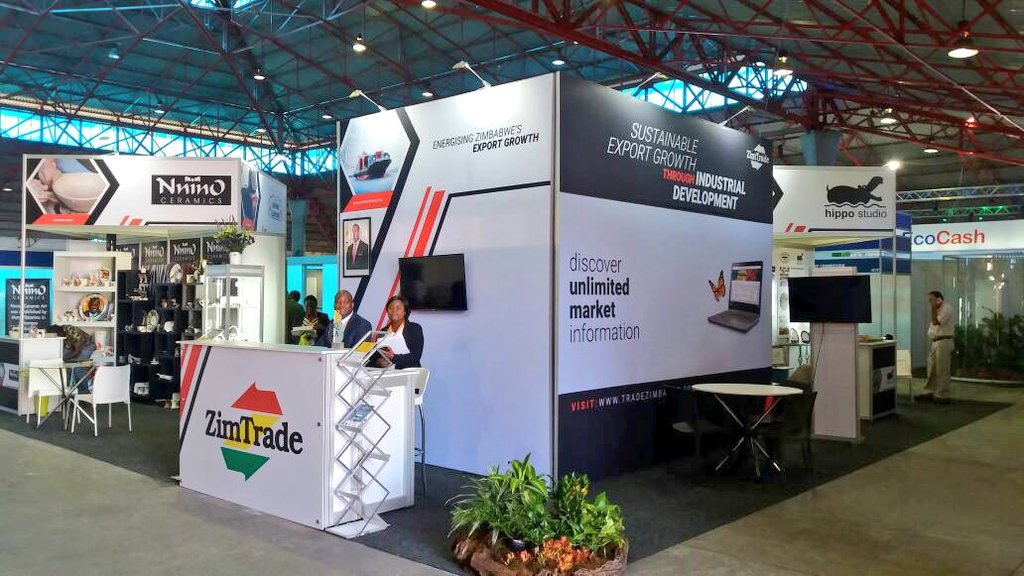Exports jump 13,6pc as trade deficit drops
ZIMBABWE’s export earnings increased by 13,6 percent in April to US$662,6 million, according to the Zimbabwe National Statistics Agency (ZimStat).
Imports amounted to US$781,3 million, a decrease of 4,5 percent from US$818,3 million recorded in March, which translated to a trade deficit of US$118,7 million compared to US$235,2 million recorded in the same month, a 49,5 percent decrease.
A decrease in the trade deficit is usually a positive step for several reasons, including indicating a country’s increased competitiveness and potentially stronger economic growth.
Presenting the external trade statistics, ZimStat manager for Service Statistics, Ms Mabel Chimhore, said industrial supplies accounted for the major percentage of the goods exported in April.
“Of the total value of exported goods of US$662,6 million, industrial supplies comprised 92,8 percent of the goods exported in April, fuels and lubricants 3,1 percent, consumer goods 2,1 percent, food and beverages 1,5 percent, while capital goods (except transport equipment) and transport equipment 0,2 percent each,” she said.
Ms Chimhore said the major exports were semi-manufactured gold, followed by nickel mattes and tobacco, partly or wholly stemmed/stripped among others.
She said the country’s major export destinations in April were the United Arab Emirates (49,8 percent), South Africa (24 percent) and China (15,9 percent).
“The three countries accounted for around 90 percent of the total export value of US$662,6 million.”
The growth in exports tallies with Zimbabwe’s National Export Strategy of growing exports by an average of 10 percent annually.
On the other hand, Ms Chimhore said 31,1 percent of the goods imported in April comprised industrial supplies, followed by the fuels and lubricants category, which accounted for 22,3 percent of the US$781,3 million imports.
She said capital goods (except transport equipment) imports accounted for 18,6 percent, food and beverages 11,2 percent, transport equipment 9,1 percent, consumer goods 6,7 percent and goods (not elsewhere specified) 1 percent.
Ms Chimhore added: “Mineral fuels (23,3 percent), machinery and mechanical appliances (12,7 percent), cereals (9,3 percent) and vehicles (7,6 percent) were among the top 10 products imported in the same month.”
Among the major source countries for imports in April 2025 were South Africa (37,1 percent), China (14,5 percent), Bahrain (10,4 percent) and Bahamas (7,4 percent).
She said the four countries accounted for around 69 percent of the total import value of US$781,3 million.
Meanwhile, Zimbabwe’s exports have continued rising, positioning the country as a key source of quality products in Africa and beyond.
The growth is largely attributed to President Mnangagwa’s economic diplomacy agenda, spearheaded by the Ministry of Foreign Affairs and International Trade, which has been pursuing initiatives to improve Zimbabwe’s competitiveness on the global stage and boost trade.
President Mnangagwa has consistently emphasised Zimbabwe’s untapped export potential, urging businesses to explore opportunities in sectors like agriculture, manufacturing, construction, engineering and services.
He has also encouraged diversification into non-traditional markets such as China, India, Malaysia, Indonesia and the UAE. This strategic shift is increasingly placing Zimbabwe at the centre of global supply chains. The results of this push have been impressive.
Despite global economic challenges, strong trade relations with both traditional and non-traditional markets have expanded the country’s export base.
The Government’s focus on international engagement and increased trade cooperation has yielded positive outcomes, with Zimbabwe’s exports to major markets showing steady growth.-herald











